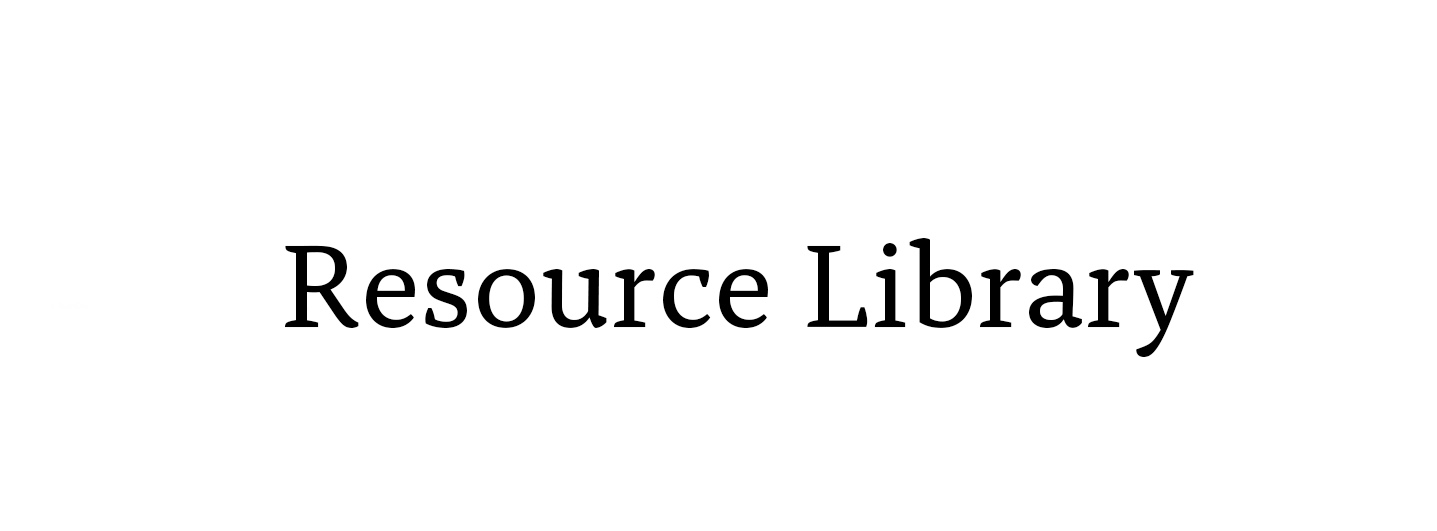Self-improvement, self-care, and self-reflection are all terms floating around the wellness world right now, from Pinterest boards to official health recommendations. However, it can seem daunting to try to implement all of those things in one’s own life, especially for older adults who may have trouble going to classes or participating in intense exercise. Luckily, there is a technique that can help bring self-care into one’s life and improve overall health from the comfort of home: journaling!
What is Journaling?
Many people have a basic understanding of what journaling is. At its core, it’s pretty simple – just get a notebook and write some thoughts down! There are many benefits to journaling.
Benefits
- Mental health: Journaling allows older adults to reflect on their feelings and process their emotions. Writing things down can clear their minds and help them re-focus on the positives in their life. Besides processing negative thoughts, journaling is also a great space for older adults to use to encourage positive thinking.
- Cognitive health: Since journaling is a very introspective activity, it will provide the perfect opportunity for older adults to reflect on their lives and memories, or even just their daily goals and moods. No matter what they choose to write about, having the space to let their mind think freely will help improve their cognitive skills and preserve their memories.
- Creating a Routine: Journaling can keep older adults on track for their goals each day. Many journals encourage habit tracking, which will remind them to do certain tasks routinely, like taking medications or even just drinking enough water. This will help improve their cognitive and physical health.
Types of Journaling
No matter what someone’s goals are, there are many different types of journaling and different formats. One of the best things about journaling is that people can customize their hobby to their own needs. We’ll give a quick rundown of some of the more popular types, but the goal of journaling is ultimately to reflect what the author wants!
- Diary: A diary is the most traditional form of journaling. While a typical idea of a diary involves simple daily entries, they are surprisingly customizable. People can write whatever they want, however often they want! The lack of external organization means that diaries are a distraction-free way for people to simply vent their emotions if necessary. Diaries are best for those who prefer simplicity and want a way to connect with their thoughts.
- Bullet journaling: Bullet journaling, affectionately known as “bujo,” has gained popularity in recent years. Unlike some other forms of traditional journaling, bullet journals are not pre-formatted. Instead, the author creates their own “spreads,” or pages, with to-do lists, calendars, or trackers for physical and mental health habits. Characterized by artistic designs and fully customizable pages, bullet journaling is great for older adults looking for both organization and a creative outlet.
- “Junk” journaling: Junk journals piggy-backed off of bullet journals and lean into their artistic side, rather than the organizational trackers that define many bullet journals. Junk journals are almost like a relaxed version of scrapbooking – people glue stickers, scraps of paper, cut-outs from magazines, postcards, and decorative tape into their journals to create themed pages representing their feelings. This is great for people who want to connect with their emotions, but don’t have the manual ability to write long diary entries. This can also be a way for older adults to interact with their memories more. It’s the perfect chance for them to reminisce on all the great memories they made in the old postcards and letters they use!
How to Get Started!
The only two materials essential to journaling are a notebook and a writing utensil. But, for full customizability, many people choose to use different pens or add in various memorabilia to take their journals to the next level. We’ve compiled a list of some of the most favorably-reviewed journaling materials for you!
- The first step is to get a notebook, and the Leuchtturm1917 is one of the best ones out there! Its variety of lined, dotted, or grid paper options can suit anyone’s needs.
- Next, find a writing utensil!
- For those that like to use a pencil, the GraphGear 1000 is a comfortable and luxurious alternative to an average No. 2.
- If a pen is preferable, pens from Muji are perfect for everyday writing. For a more artistic side, try Micron pens. And, for some fun colors and textures, check out Gellyroll gel pens.
- Add some flair with the cult-favorite Tombow brush pens!
- For even more creative freedom, add decoration to the mix.
- Washi tapes, a type of thin, papery decorative tape, are common in journals and add some personality to any journal page. There are plenty of different options available on Amazon, but this is a great starter set!
- Postcards and other scraps from around the house are perfect too!
Journaling presents endless possibilities, but the most important thing is to just get started and stick with it!




